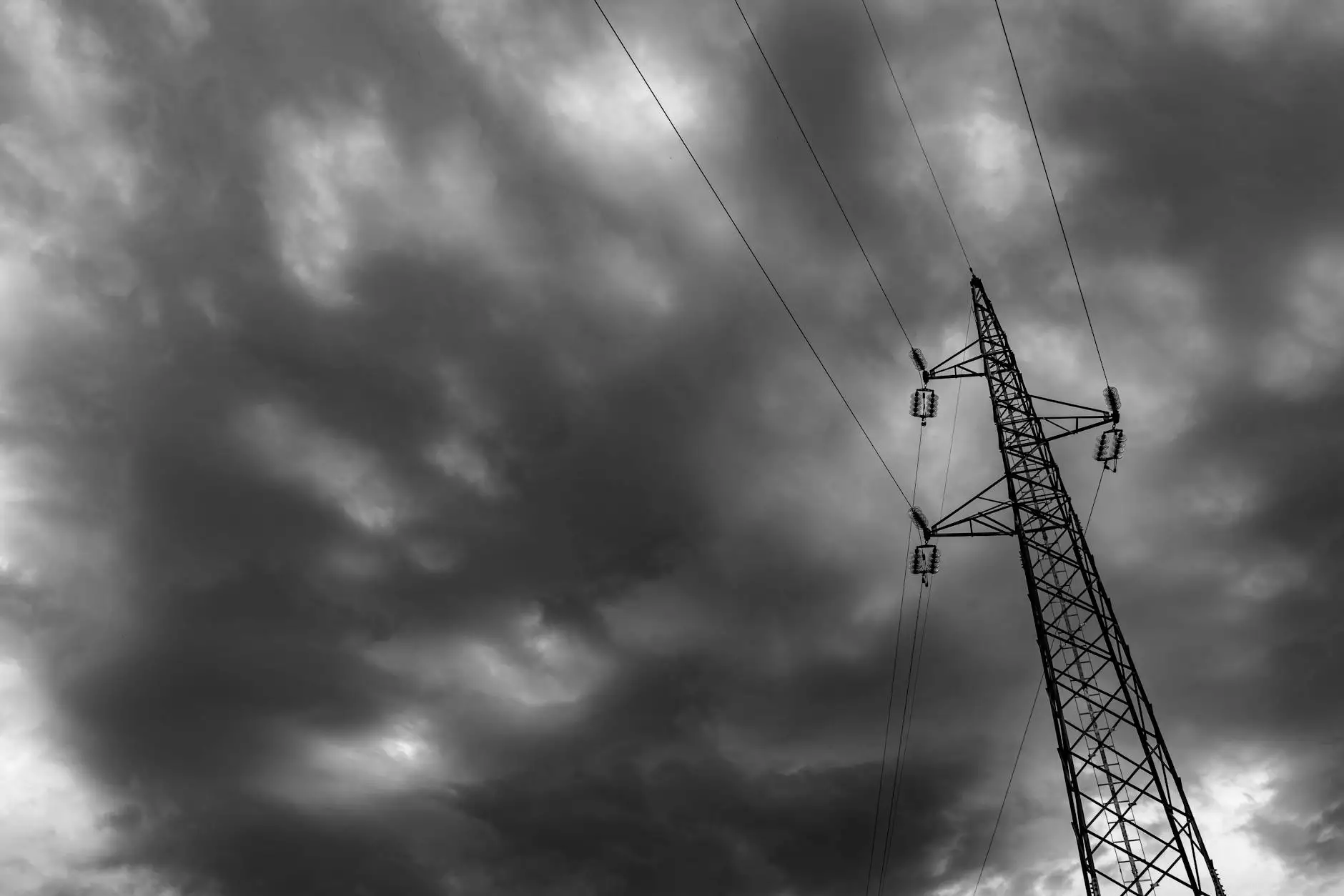Firefighter Radio Communication: Ensuring Safety and Efficiency in Emergency Operations

Effective communication is crucial in any emergency situation, especially in firefighting. Firefighter radio communication plays a pivotal role in ensuring that teams can coordinate efforts, share vital information, and execute strategies efficiently. In this detailed article, we will delve into the significance, technologies, challenges, and future prospects of firefighter radio communications, aiming to provide a comprehensive resource for anyone interested in this vital aspect of emergency management.
The Importance of Firefighter Radio Communication
In the fast-paced environment of firefighting, every second counts. Proper communication can mean the difference between life and death, not only for firefighters but for civilians as well. Here are several reasons why firefighter radio communication is paramount:
- Coordination: Firefighters operate in teams, and effective radio communication allows for the seamless coordination of operations.
- Situational Awareness: Radios provide real-time updates on fire conditions, hazards, and resource allocation.
- Safety: Clear communication regarding hazards and evacuation plans is crucial for the safety of both firefighters and civilians.
- Decision Making: Timely communication aids in strategic decision-making, allowing for swift tactical adjustments in response to evolving situations.
Key Components of Firefighter Radio Communication
The effectiveness of firefighter radio communication hinges on several key components:
1. Types of Radios Used
Firefighting agencies typically utilize two primary types of radios:
- Analog Radios: These are traditional radios that require less complex infrastructure but may have limited features.
- Digital Radios: Offering enhanced features like encrypted communication and greater clarity, digital radios improve overall communication quality.
2. Communication Protocols
Establishing clear protocols is essential for effective communication. Fire departments often develop specific codes and terminologies to expedite communication.
3. Base Stations and Repeaters
Base stations and repeaters extend the range of communication, especially in challenging environments such as urban settings with high-rise buildings.
4. Training
Continuous training ensures that firefighters are proficient in using communication equipment and understand the specific protocols of their departments.
Challenges in Firefighter Radio Communication
While firefighter radio communication is essential, it is not without its challenges. Addressing these challenges is crucial for operational effectiveness:
1. Communication Interference
Interference from other electronic devices and structures can disrupt radio signals, leading to distorted or lost communication.
2. User Error
In high-pressure scenarios, users may misinterpret radio communications or fail to follow protocols, which can lead to confusion and operational delays.
3. Equipment Limitations
Older equipment may lack the necessary features to handle complex situations, making regular updates and maintenance essential.
4. Environmental Factors
Physical barriers, such as buildings and terrain, can significantly impact radio range and effectiveness, highlighting the need for adaptable communication strategies.
Emerging Technologies in Firefighter Radio Communication
The landscape of communication technology is continually evolving, presenting new opportunities for firefighter radio communication:
1. Integrated Communication Systems
Modern Integrated Communication Systems combine radio communication with data sharing and alerts that can better inform responders about ongoing incidents.
2. Toughened Mobile Devices
Today’s rigorous firefighting environments demand equipment that can withstand heat, water, and mechanical impact. Toughened smartphones and tablets offer new ways to communicate and share information safely.
3. Drones and Aerial Support
Drones equipped with cameras and communication capabilities are increasingly being used to provide real-time data from above, enhancing situational awareness for ground teams.
4. Cloud-Based Solutions
Cloud technologies are streamlining communication, ensuring that all team members can access critical information, maps, and updates regardless of their location.
Best Practices for Effective Firefighter Radio Communication
To maximize the effectiveness of firefighter radio communication, implementing best practices is essential:
1. Regular Training and Drills
Frequent training sessions help firefighters become adept at using communication equipment under stress and reinforce the importance of following established protocols.
2. Standardized Communication Procedures
Establishing and enforcing standardized procedures for all communications can minimize confusion during emergencies.
3. Continuous Equipment Maintenance
Regular inspections and updates of communication equipment ensure reliability during critical operations.
4. Feedback Mechanisms
Creating avenues for feedback from team members can identify communication flaws and areas for improvement.
The Future of Firefighter Radio Communication
As technology continues to evolve, the future of firefighter radio communication is bright. Innovations in technology will enable firefighters to communicate more effectively and safely than ever before:
1. Enhanced Data Sharing
The future holds immense potential for sharing data in real-time, including hydrant locations, fire maps, and hazard assessments, which can be integrated into normal communication channels.
2. AI and Predictive Analytics
Artificial intelligence systems may one day support communication efforts by prioritizing important messages and predicting potential hazards based on historical data.
3. Improved Interoperability
Future systems will likely feature enhanced interoperability, allowing multiple agencies to communicate seamlessly during large-scale emergencies.
4. Sustainability and Resilience
With the rise of environmental concerns, future firefighting communication technologies will also focus on sustainability, ensuring devices and systems are environmentally friendly and resilient.
Conclusion: The Indispensable Role of Firefighter Radio Communication
Firefighter radio communication is an indispensable part of modern firefighting operations. As technology continues to advance, so too will the methods through which firefighters communicate during emergencies. By embracing technological innovations and adhering to best practices, firefighting agencies can ensure that their teams remain safe, effective, and ready to tackle the challenges they face.
The evolution of communication not only enhances operational effectiveness but ultimately saves lives, making a strong case for continued investment and improvement in this critical area of public safety. By prioritizing effective communication, we can support those brave men and women who put their lives on the line for our communities every day.









